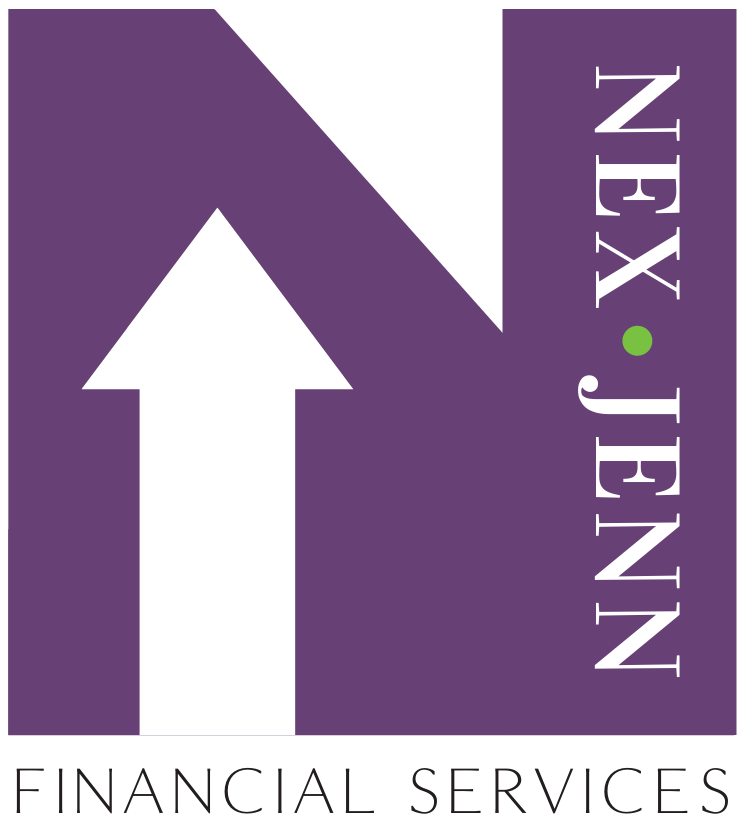Estimated Read Time: 6 minutes

Employer-sponsored qualified retirement plans, such as 401(k)s, are some of the most powerful retirement savings tools available. They offer a convenient way to start planning for retirement and many employers offer a ‘match contribution’. Whenever possible, I encourage you to contribute the maximum amount allowed to your retirement plan, however, if you are unable to contribute the maximum amount, you should strive to contribute at least as much as the matching contribution. The trick may be understanding how it works, so this blog will walk you through how to make that happen.
The key takeaways of this blog are:
- Understanding your Employer-Sponsored Plan
- Contributing your Maximum
- Taking Full Advantage of Employer Match
- Evaluating Investment Choices Carefully
- Understanding the Options when Separating from your Employer
Understanding your Employer-Sponsored Plan
Before you can take advantage of your employer’s plan, you need to understand how the plan works. Be sure to read the fine print about the plan and make time to speak to your employer’s benefits officer to ask questions. You can also talk to a financial planner, a tax advisor, or other professional to learn more about the plan. There are a few different plans your employer might offer, but many employer-sponsored plans share these key features:
- Your employer automatically deducts your contributions from your paycheck. You may never even miss the money — out of sight, out of mind.
- You decide what portion of your salary to contribute, up to the legal limit. And you can usually change your contribution amount on certain dates during the year or as needed.
- With 401(k), 403(b), 457(b), SARSEPs, and SIMPLE plans, you contribute to the plan on a pre-tax basis. Your contributions come off the top of your salary before your employer withholds income taxes.
- Your 401(k), 403(b), or 457(b) plan may let you make after-tax Roth contributions — there’s no up-front tax benefit but qualified distributions are entirely tax free. This is especially beneficial for younger workers or people who anticipate their taxes to be higher in retirement.
- Your employer may match all or part of your contribution up to a certain level. You typically become vested in these employer dollars through years of service with the company.
- Your funds grow tax deferred in the plan. You don’t pay taxes on investment earnings until you withdraw your money from the plan.
- You’ll pay income taxes (and possibly an early withdrawal penalty) if you withdraw your money from the plan.
- You may be able to borrow a portion of your vested balance (up to $50,000) at a reasonable interest rate.
- Your creditors cannot reach your plan funds to satisfy your debts.
Contributing your Maximum
The more you can save for retirement, the better your chances of retiring comfortably. If you can, max out your contribution up to the legal limit (or plan limits, if lower). If you need to free up money to do that, try to cut certain expenses in order to make it happen.
Why put your retirement dollars in your employer’s plan instead of somewhere else? One reason is that your pre-tax contributions to your employer’s plan lower your taxable income for the year. This means you save money in taxes when you contribute to the plan. For example, if you earn $100,000 a year and contribute $10,000 to a 401(k) plan, you’ll pay income taxes on $90,000 instead of $100,000.
Another reason is the power of tax-deferred growth. Your investment earnings compound year after year and aren’t taxable as long as they remain in the plan. Long term, this gives you the opportunity to build an impressive sum for retirement.
Taking Full Advantage of Employer Match
If you can’t max out your 401(k) or other plan, you should at least try to contribute up to the limit your employer will match. Employer contributions are basically free money once you’re vested in them! By capturing the full benefit of your employer’s match, you’ll be surprised how much faster your balance grows. If you don’t take advantage of your employer’s generosity, you could be passing up significant returns on your money.
For example, let’s say you earn $30,000 a year working for an employer with a matching 401(k) plan. The match is 50 cents on the dollar up to 6% of your salary. That means that if you contribute 6% of your salary ($1,800) to the plan and receive a matching contribution of $900 from your employer each year.
Evaluating Investment Choices Carefully
Most employer-sponsored plans give you a selection of mutual funds or other investments to choose from. Make your choices carefully. The right investment mix for your employer’s plan could be one of your keys to a comfortable retirement. Varying rates of return can make a big difference in the size of your balance in the long run.
It is important to research the choices available to you prior to making your selections. For investments, review their performance over the long term and how much risk will they expose you to. Identify which are best suited for long-term retirement goals.
If you are considering a mutual fund, carefully consider the investment objectives, risks, charges, and expenses of the fund. This information can be found in the prospectus, which can be obtained from the fund. It is beneficial to read it carefully before investing.
Considering the plethora of investment options, you may also want to get advice from a financial professional. They can help you pick the right investments based on your personal goals, your attitude toward risk, and your distance from retirement.
Understanding the Options when Separating from your Employer
When you leave your job, your vested balance in your former employer’s retirement plan is yours to keep. You will have several options:
- Leaving your funds in the old plan, growing tax deferred. This may be a good idea if you’re happy with the plan’s investments or you need time to decide what to do with your money. A couple of items to note if you are considering this option. First, your old plan may not permit this if your balance is less than $5,000, or if you’ve reached the plan’s normal retirement age — typically age 65. Second, some plans charge administrative fees that were previously covered as an employee benefit.
- Rolling your funds over to an IRA or a new employer’s plan (if the plan accepts rollovers). In this scenario, your funds continue to potentially benefit from tax-deferred growth as there will be no income taxes or penalties paid if you do the rollover properly. Please note that a direct transfer is recommended as your old plan will withhold 20 percent for income taxes if you receive the funds before rolling them over, and you’ll need to make up this amount out of pocket when investing in the new plan or IRA.
- Taking a lump-sum distribution. Before choosing this option, consider that you’ll pay income taxes and possibly a penalty on the amount you withdraw. Additionally, there is a significant loss in future benefits as you cash in your savings and give up the continued potential of tax-deferred growth.
Make it a point to learn all of the ins and outs of your employment-sponsored retirement plan and don’t be afraid to ask questions before making decisions. Your employer’s benefit officer can assist or you could reach out to a personal financial advisor. With both you and your employer contributing, you’ll see your retirement fund grow right before your very eyes.
